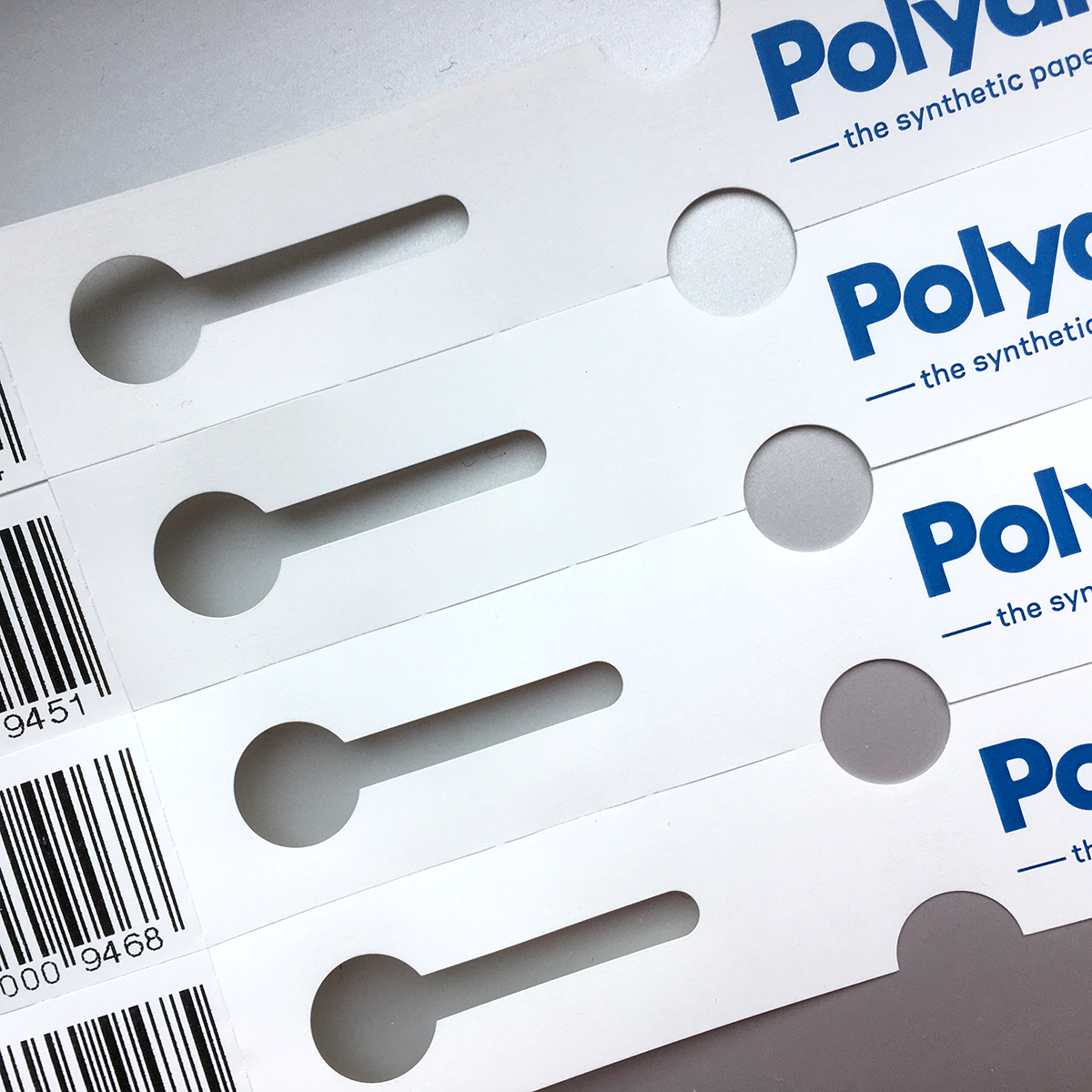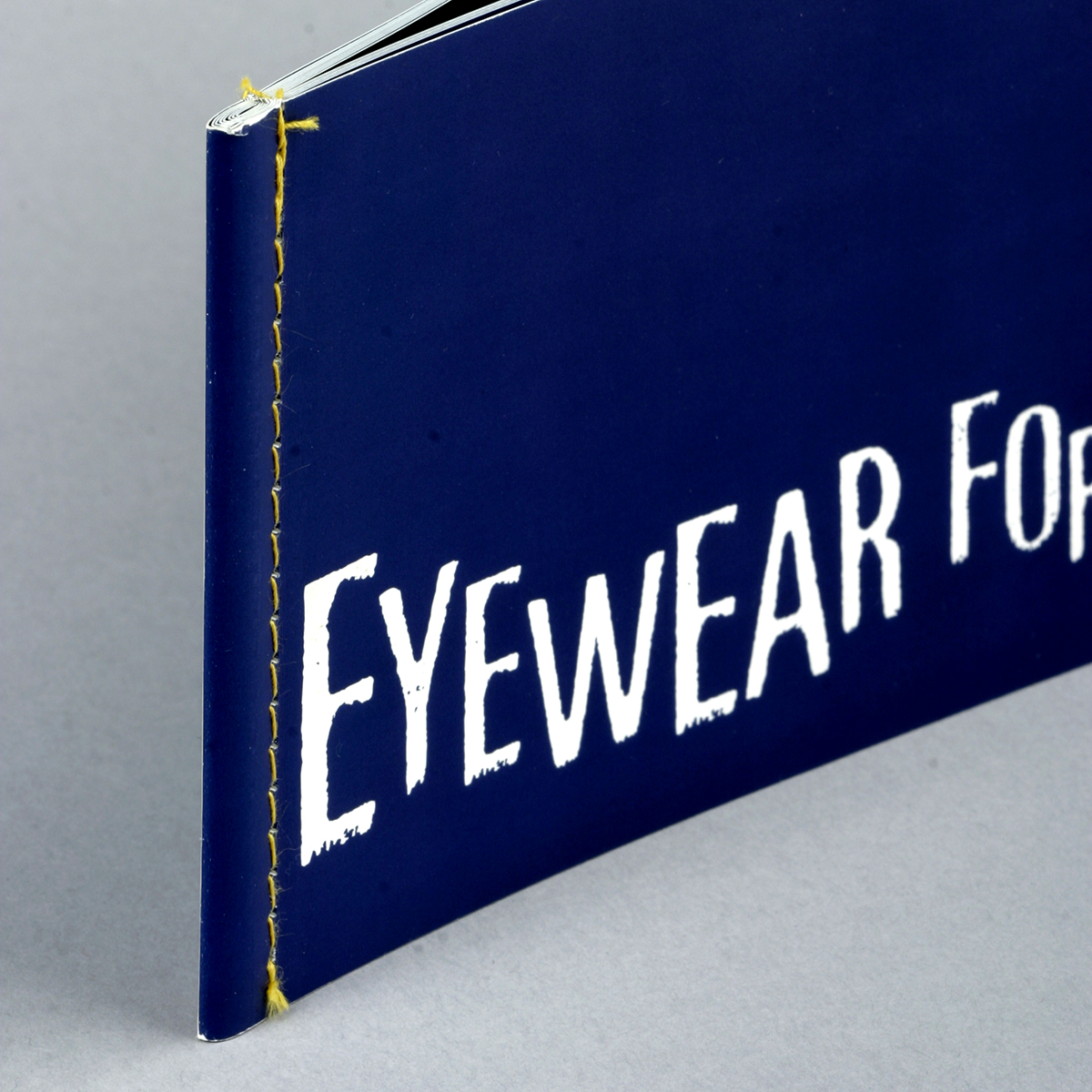How it converts
Superb versatility offers limitless possibilities. No matter what converting method you have in mind, Polyart® is ready to go to work for you. It can easily be scored, folded, perforated, varnished, foil blocked, stitched and more, using standard converting equipment.
Finishing
All internal corners should be radiused, since a sharp notch will greatly reduce the initial tear resistance of the material. The cutting tools must be kept sharp to produce a clean cut.
Guillotining
Blades should be kept sharp, and because of the compressibility of the material, light clamping pressures should be used.
Die-Cutting
We recommend the use of hard steel rules.
All internal corners should be radiused (a sharp notch greatly reduces tear resistance). Where a retention point is required, we recommend this should be kept as small as possible to prevent risk of initiating tearing.
Perforating
Can be sprocket-punched or perforated.
Keep hole punches sharp and clean. Perforation slots should be long, with very short ties.
Always test perforations and make sure perforation is running off the sheet, so tearing is initiated more easily.
Drilling, Punching & Cornering
Keep cutting tools sharp and clean.
During drilling and cornering, it is important that a short dwell time is used in order to eliminate heat generation, which may cause fusion of the edges of the sheets.
For cornering perforation slots should be long, with very short ties.
Folding
Polyart can be folded on normal sheet-folding machines.
Scoring is not necessary for a 16-page signature using 75 gsm (51 lb.) or 90 gsm (61 lb.) weights. Scoring is recommended on heavier weights.
Foil-stamping
Gives good results if heat is kept to a minimum
Digital finishing / embellishment
Digital finishing technologies such as Scodix or domino UV varnish system give great results on heavier grades of Polyart. Test is advised for under 200 gsm.
Stitching
Polyart will stitch easily, even when saddle-stitched and section-sewn
Gluing
For best results, use hot-melt systems, such as PUR. Some solvent- and water-based adhesives work well, too. Inquire with your glue specialist.
Advice in this page is based on practical field experience and given in good faith but Arjobex may not be held liable for loss or damage arising from action based on this information.
For more information, please contact us.




